Wild Zambia

The Road Chose Me Volume 2 OUT NOW!!
The Road Chose Me Volume 2: Three years and 54,000 miles around Africa
We leave the last of the waterfalls behind, and swing West until we’re parallel with the border of the mighty DRC. I would love a photo of the river that forms the border, and after a short bumpy track we find ourselves at an actual border post. Into the DRC. There is no bridge for the Jeep, so people are moving back and forward in small handmade canoes.
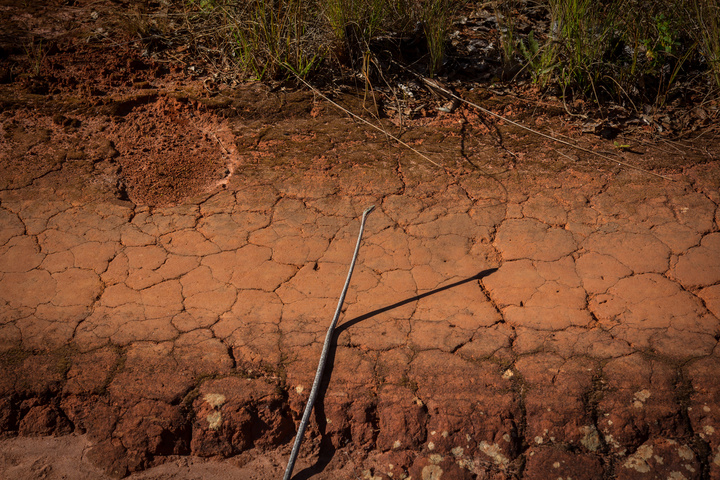
A thin snake on the road – I had to swerve and thought it was just a stick. I have no idea what it is.
Dusk comes and we still have not found a suitable place to make camp. I stretch my skills of wild camping to their limit, and when the sun dips below the horizon we decide we simply won’t find anything ideal, and so go with the second best option. We pull onto a clearly in front of a modest church and soon locals show up to talk. Soon the son of the chief arrives and thankfully speaks pretty good English. We ask permission and are immediately granted permission to camp right there, with the man assuring us there will be absolutely no problem.
Over the next hour I make hot tea for everyone and we quickly discover they are elated to have their pictures taken. At first the children are terrified of us, though Emily soon wins them over by dancing and mimicking their movements.
Most people have no shoes, and there is no running water or electricity here. It’s clear these people work hard in the fields most days, and they must walk about six miles to the bigger road if they want to sell their vegetables or buy anything.
Even so, we are again struck by how happy and joyful these people are. Time and time again we have had to say it – these people are poor by every Western measure, but they are certainly not living in poverty. While they have no “opportunity” in the Western sense, they are happier than virtually everyone I know living in a big Western city. They clearly have ample time to spend with their friends and family, and again that’s what makes them happy.
We pass a quiet night before waking a dawn to a crowd surrounding the Jeep before we are even out of bed. Again everyone is extremely friendly and happy, and they love the hot tea I pass around.
Once again we have just shown up in a tiny rural village and been made to feel extremely, extremely welcome.
This is a magic land.
On the move we put in a monster day and tear across to the North East of the country. Along the way we stop in a typical rural Zambian town to resupply. By parking in town and walking around we manage to find fresh eggs, bread, vegetables and even some watermelon and a pineapple. For lunch we get a heaping plate of fried chicken and the local mealie-meal dish called nsima in Zambia. I also fill with gas and water at a station, so we’re again ready for a week in the wild. The GPS shows a road splitting the two monster National Parks in the country, which means we save many hundreds of miles driving out and around. I’m not clear if we can actually drive through, and there is a question about a very large river to cross at the end – but we’ll worry about that later.
We turn off past a very large sign declaring “Strictly 4×4″.
This should be fun!
-Dan
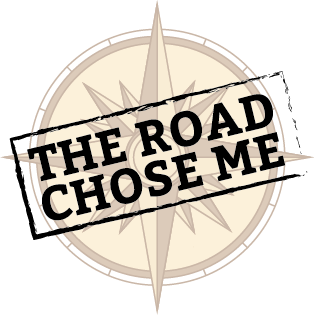
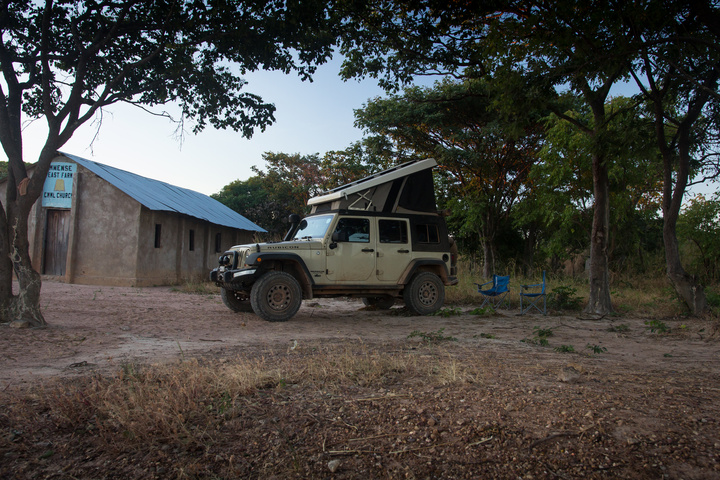
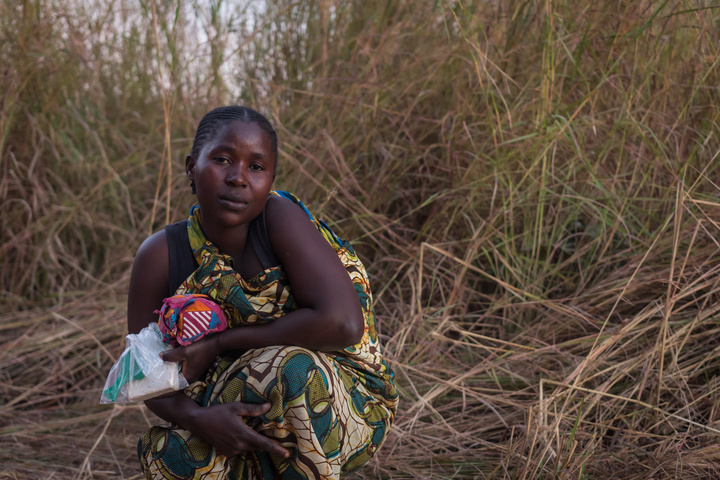
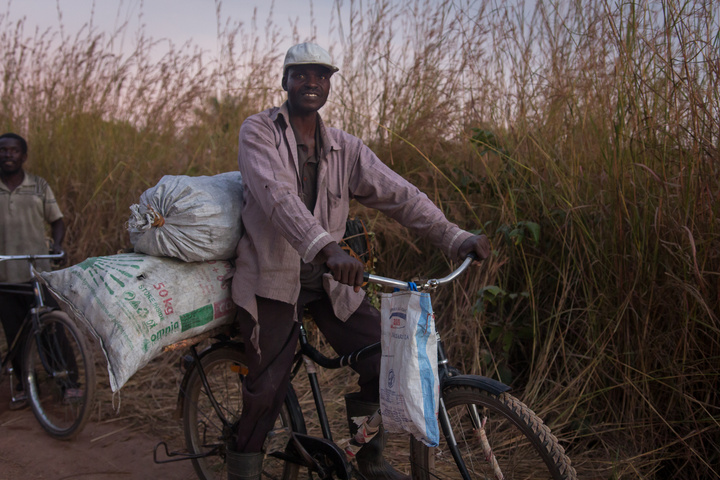
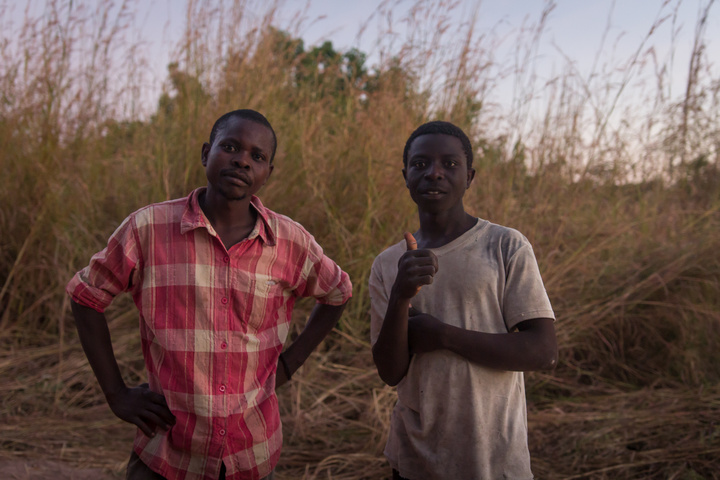
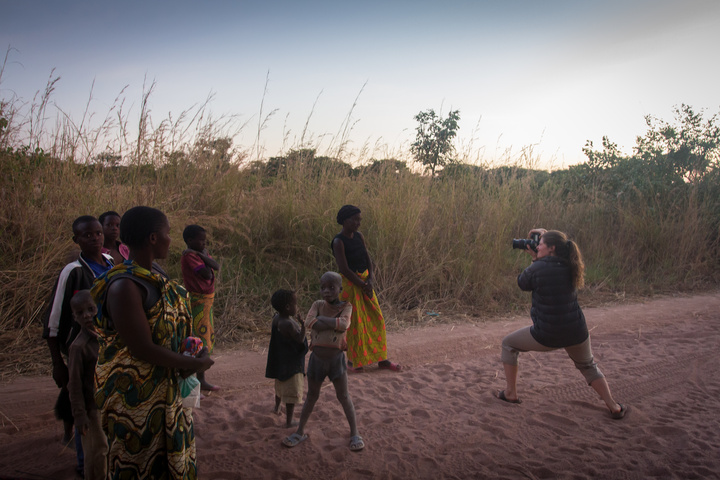
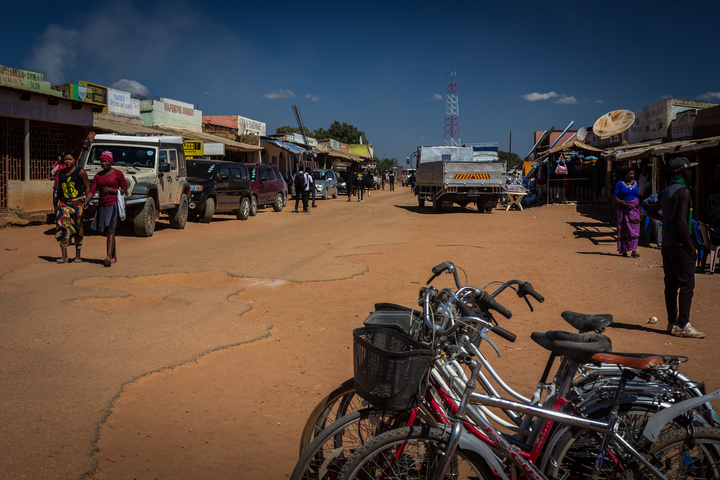
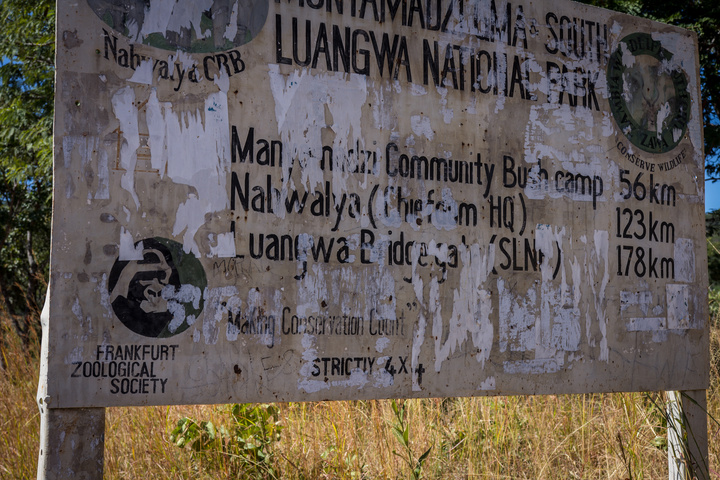
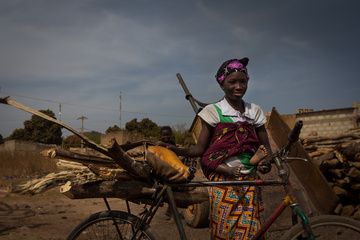
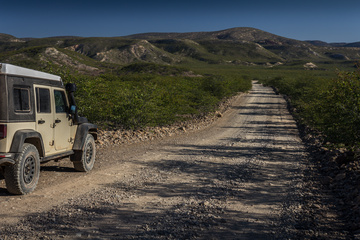
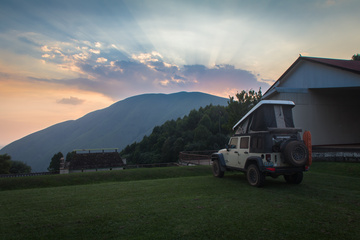
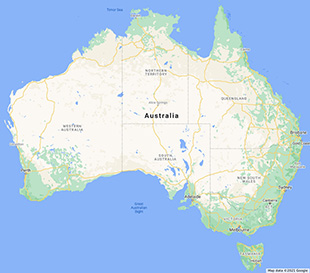
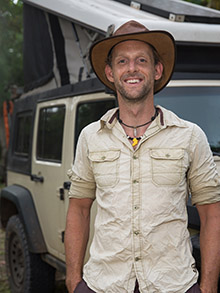
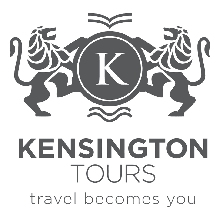

Hi Dan,
Amazing pictures. Zambia looks really cool.
I am in planning for a Southern Africa trip next year and was wondering about gas vs diesel. Is there a significant difference in price and availability, especially in the more remote places you seem to be traveling to.
Thanks
Steve
Hi Steve,
It’s an on-going debate, and plenty of people will try to scream at your face with their opinion..
In reality they are both very available, I have never seen a station that has one but not the other. Diesel is typically 10-20% cheaper, though in a few countries it was actually more expensive.
Likely a diesel vehicle will get better consumption, so you save some money there, but make sure it’s not too new with a ton of emissions stuff… once you leave Southern Africa you will not find low sulfur diesel, and likely you will damage any very new diesel engine and all the related emissions junk!
In reality, either gas or diesel will work OK. Going is more important than this choice!
-Dan